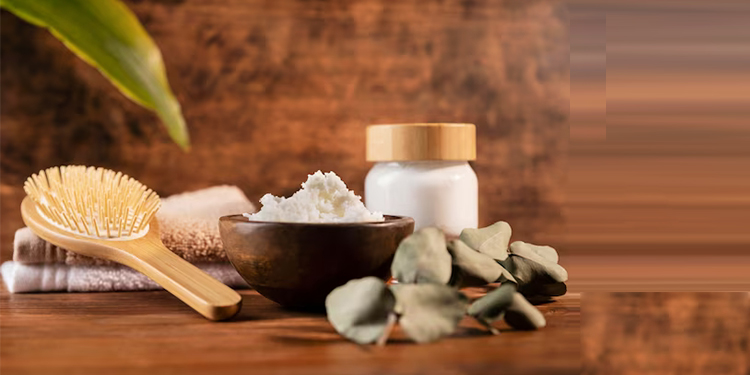
Health and Safety in Learn Home Healing
There is strong evidence that one’s home and living environment are closely linked to their well-being. Homes provide security, control, belonging, identity, privacy, and more. The home and having a sense of place are significant to peoples’ lives.
As people age, different considerations regarding their living environments emerge, and homes must evolve to meet their changing needs.
To maintain the comfort of home, but also ensure that it is safe, there are many options to consider.
It is important to keep health and safety in mind regarding the Learn Home Healing of a home, whether new or old, to make it the best place it can be.
Areas to Target and What To Do
Taking the time to implement healthier and safer options in a home can help older adults live more comfortably. Some adjustments are easy to make, such as selecting new furniture, changing the layout of various rooms, swapping out light fixtures, trying new decorating tips, updating home goods, and decluttering.
Other health and safety changes may require more planning. Examples include new floor installations, upgrading bathroom fixtures, such as a bathtub or shower, and swapping out appliances.
General Living Space
Most people spend the greatest amount of time in their general living space. Below are some tips to make this space healthy and safe:
- Choose tabletops with rounded edges rather than sharp, angled edges to prevent injury.
- Avoid glass tabletops that can reflect light and make it more difficult to see.
- Provide seating for guests to encourage socialization.
- Hang family photos and artwork to remove tabletop clutter.
- Choose sofas and side chairs that are comfortable but are not too soft or deep. Make sure the seating options have enough structure in the back, as well as armrests for strong support to assist with sitting and standing.
- If desired or needed, install grab bars on the walls next to couches or chairs to make standing up easier.
- Create a clean, simple furniture arrangement that is both easy to navigate and cleared of clutter.
- Arrange the room to easily accommodate a walker or wheelchair, if necessary. According to the National Association of Home Builders, a five-foot-by-five-foot space leaves enough room to navigate with mobility aids.
Kitchen
Kitchens are often a focal point of a home and are essential for entertaining guests. Below are some tips for keeping this space functional while also healthy and safe:
- Store sharp objects, such as knives, in a rack and not a drawer.
- Choose a side-by-side or drawer-style refrigerator for easier access.
- Place lighting over the sink, stove, and other work areas.
- Be sure stove controls are easy to see.
Bathroom
Bathrooms are necessary for any home, but modifications may be useful as people age. The following tips can make the bathroom safer to use:
- Use non-slip rugs.
- Replace any slick floor tiles with a slip-resistant option such as textured vinyl flooring.
- Consider a hands-free toilet for automatic flushing or a comfort height toilet that is 17-19 inches high and can be better for a person’s knees and back.
- Place non-skid surfaces on the bottom of the tub or shower.
- Consider a walk-in or no-threshold shower to eliminate the need to step over a tub.
- Securely install bath aids such as railings and grab bars to help with balance.
- Install an adjustable, handheld showerhead for better maneuverability.
Bedroom
The bedroom is a sanctuary where people can comfortably relax, unwind, and sleep. To maintain this calm, and make it as safe as possible, follow the tips mentioned below:
- Consider an electric, adjustable bed to make getting out of bed easier and safer.
- Install easily accessible dimmers or convenient bedside lamps for greater ease of turning the lights on and off.
- Improve access to plugs by using a power strip or a nightstand with connectors on top.
- Maximize closet space and provide easy access to a variety of personal belongings by utilizing adjustable rods and shelves as well as a closet organizing system.

 +38763501806
+38763501806 admin@learnhomehealing.com
admin@learnhomehealing.com
Leave a Comment